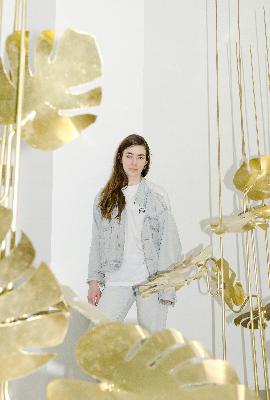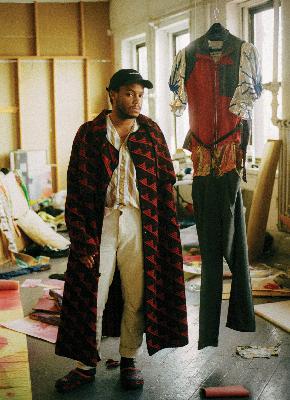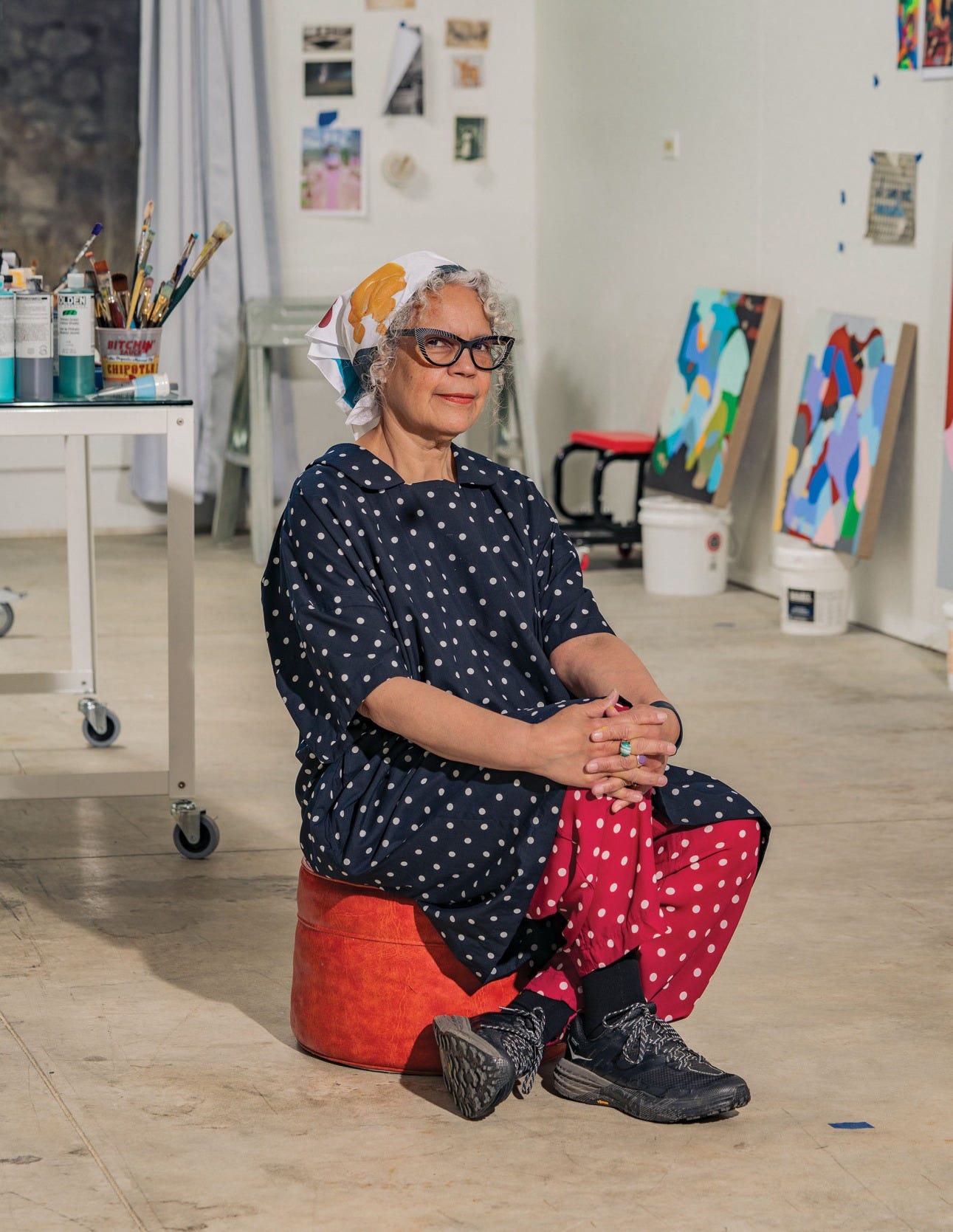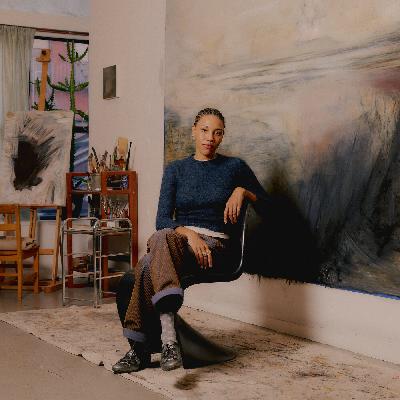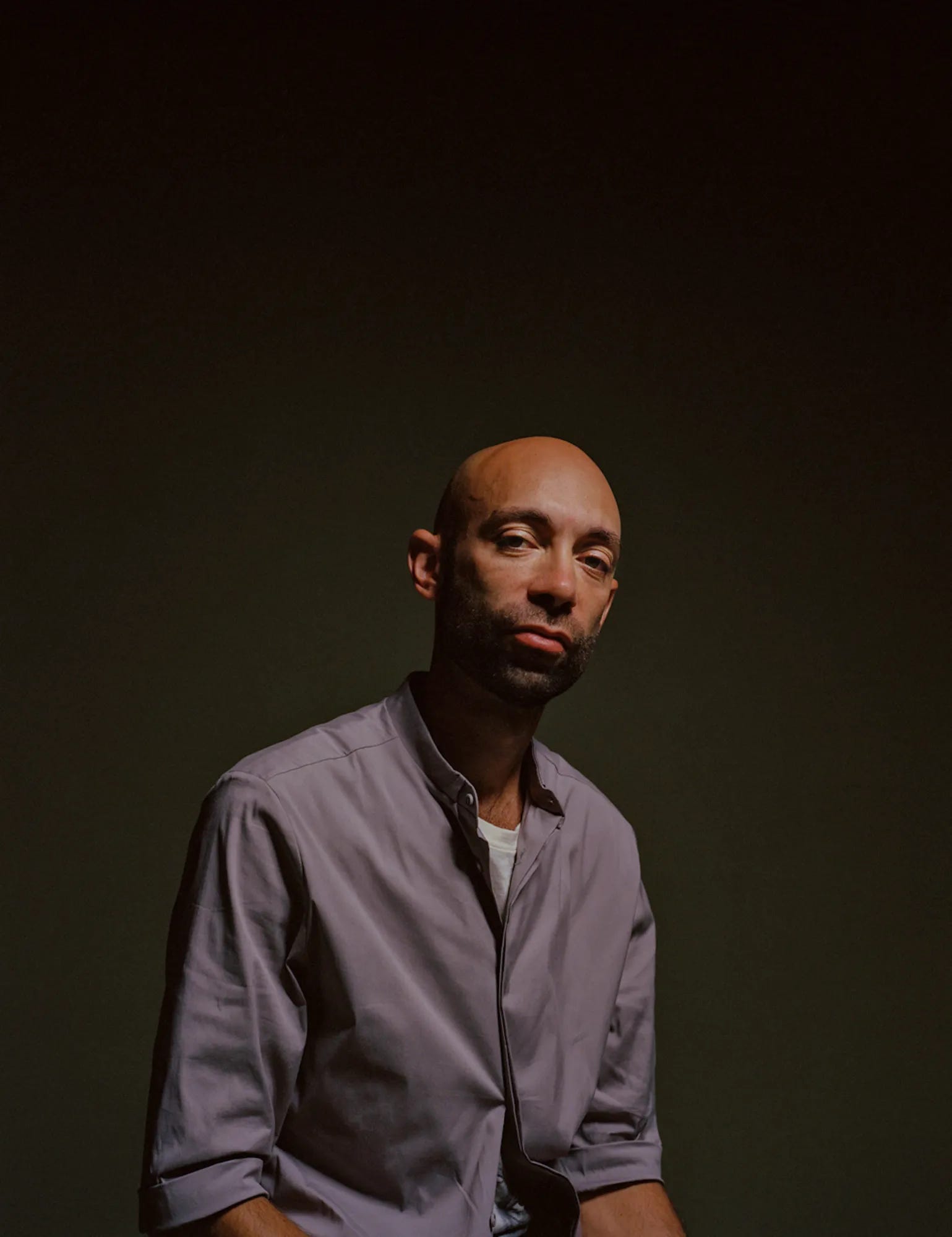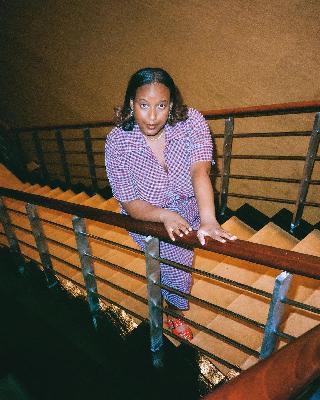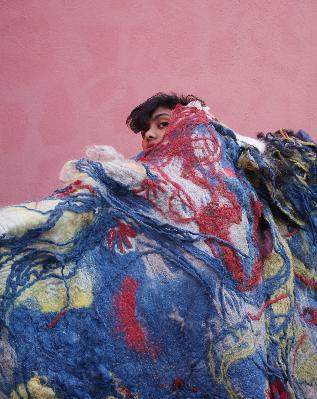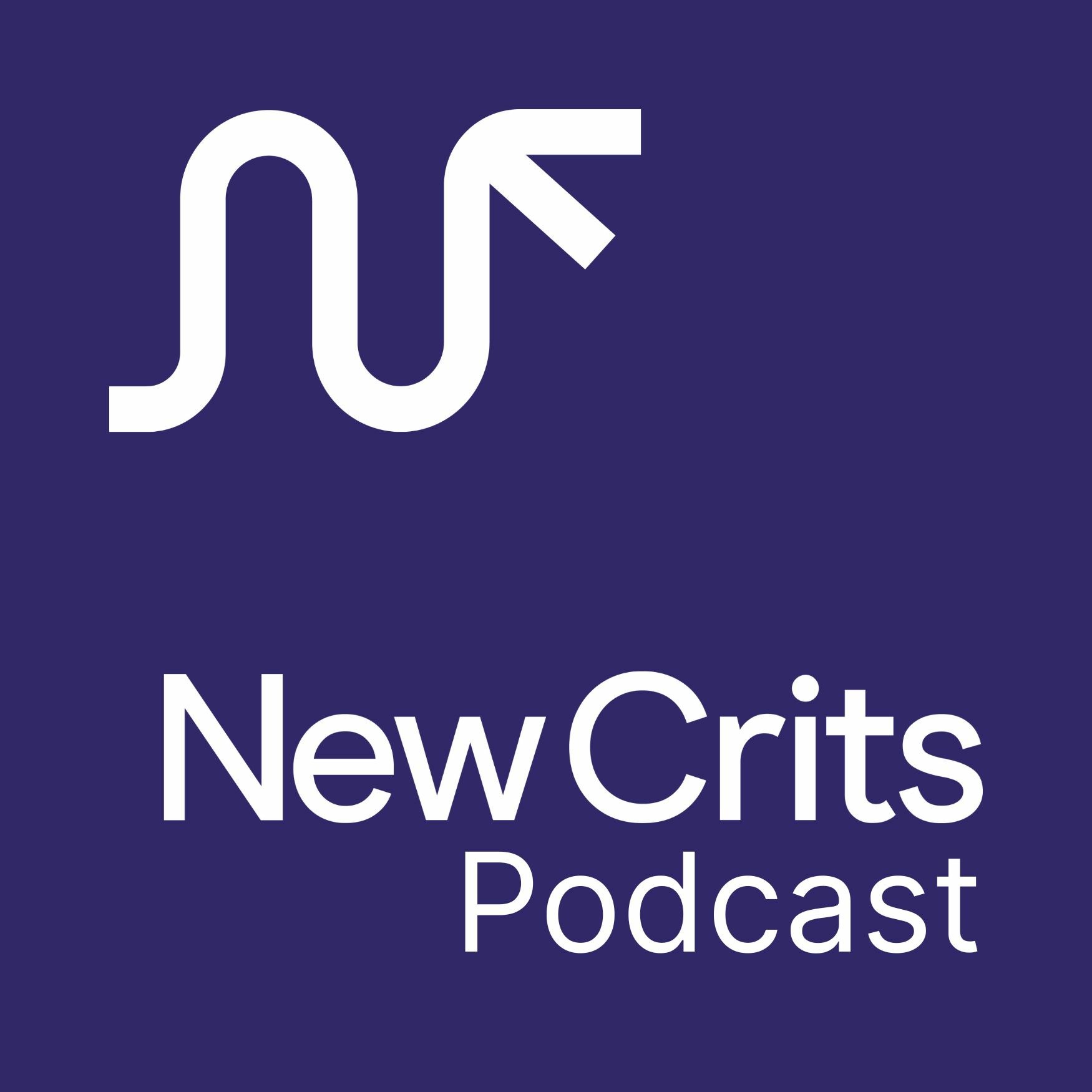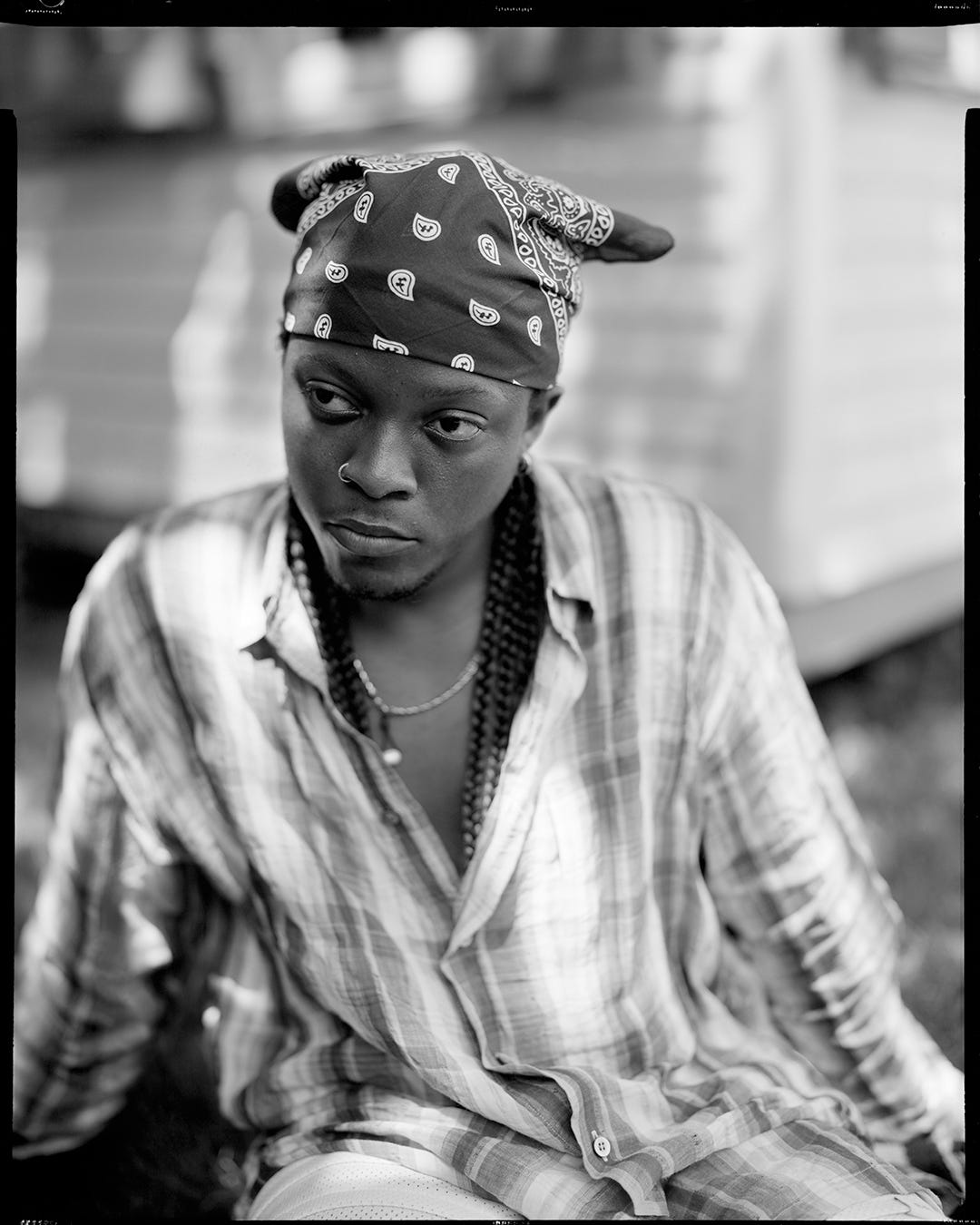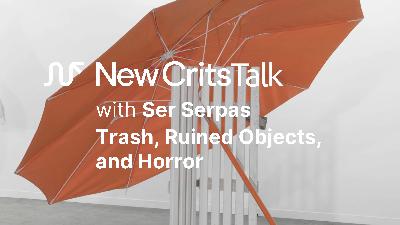Blasphemy, Bird Shit, and the Sublime: A Conversation with Elaine Cameron-Weir
Description
A BDSM dungeon for alchemist Bitcoin investors. A druid hideaway in the abandoned Palo Alto headquarters of the corporation Theranos. A crossover between Breaking Bad and Game of Thrones where Walter White cooks meth for White Walkers. These are some of the images that Elaine's work conjures up for people.
In this case, the writer and art historian Colby Chamberlain. I like to look at Elaine's work thinking about the shifts in difference between visual prose and visual poetry. There are narratives, ideas, concepts, but there's also evocations, atmospherics, and rhythms that key you in as well. spite the notable iciness from some of the work, you can still sense a beating heart.
It's the reason I return to the work and get excited for new shows of hers. There's a feeling of the post apocalyptic, a sense of dread, there's violence and the vestiges of religion, but from the way these works come together and how each show operates, I get the sense that this is a person wrestling with belief, not someone who's already sworn it off.
And it's those struggles that I'm interested in. Why do any of us fight the fights we do? And what does it say about us?
Edited Transcript of the Talk
Ajay Kurian: I've always loved your work, and there was a specific moment in 2014, at Ramiken Crucible, where I was genuinely floored.
It was so quiet in there. It was so beautiful and eerie. The scent in the air, everything about it felt meticulous but also carefree. It wasn't overly theatrical or overdone.
And I just want to start from the beginning, because there's an arc of the visual poetry that you start making and it would be interesting for me to understand how certain things started to congeal, how certain sculptural forms started to congeal for you. This is the first show that you did at Ramekin Crucible in 2011 called “without true bazaars”. Do you even remember this show?
Elaine Cameron-Weir: Yeah, it's interesting to see it. It was so long ago.
Ajay Kurian: Fourteen years.
Elaine Cameron-Weir: When I see these images, I immediately think about how I had no money, and was really just working with what I could get my hands on.
But, you know, that wasn't an obstacle at the time. It was normal. But looking back, the simplicity of what I was doing and the type of materials…I mean, it doesn't feel like student work, but because I was just out of school, I was so young, and I wasn't fully formed, it still feels transitional. But it was a such an opportunity to learn about what I was doing in public, and it could have gone
Ajay Kurian: I feel like first solo shows, it's like you have nothing to lose. So it's just like, fuck it, do what you want to do.
Elaine Cameron-Weir: And limited resources, so you can't just go crazy - you’re contained.
Ajay Kurian: What was before this? Were you in art school
Elaine Cameron-Weir: Yes. I'm from Canada and I grew up in Alberta. It's like the Texas of Canada, if you're not familiar. Yeah. above Montana, but I went to Art School right out of high school. It's way less of a commitment there because it's so cheap. It's not like a fraught decision. Like should I spend all this money to go to art school? It's like, try it.
Ajay Kurian: So that was a BFA program?
Elaine Cameron-Weir: Yes, at the Alberta College of Art. They had amazing, world class facilities. So I actually learned how to do very niche metalworking. They had a glass blowing shop, ceramics; you could cast bronze there. So I got a really technical education. I was in the drawing department, and we had to go draw cadavers at the hospital. But then there were really good instructors as well where it was really their mission to teach and they were really good at making you think about what you're doing.
And then I graduated from there and I didn't really know what to do. I was working at American Apparel and the rents were getting jacked up in Calgary where the school was because there was an oil boom going on. I had to leave. So I moved back in with my dad And I turned his garage into a studio.
And I hated it there so much. It's the small city that I went to high school in. so I immediately applied to grad school in New York without knowing anything about any school in New York. I just did a quick search and I was like, okay, we're going to just apply to all of these and get out of here.
And that's how I ended up in New York. I went to NYU. I graduated in 2010.
Ajay Kurian: Okay. when did you meet Mike? Mike is the owner of Ramekin Crucible.
Elaine Cameron-Weir: I don't know what year, probably 2010 or 11, at a party. At the Jane Hotel.
Ajay Kurian: It's so interesting to hear about those early conversations with your first gallerist because there's so much history that happens in that moment and then looking back on it retrospectively you're like wow what was that?
Elaine Cameron-Weir: I think we were both learning a lot, you know? And we took a chance on each other. It sounds crazy now, like we met at a party, but that's how you used to meet people. And we had mutual friends, like Borden, Capalino. So we met at this party, and we got to talking and then a studio visit with him and Blaize (Lehane, former director at Ramiken Crucible). The building I was living in had just caught fire right before the visit. A lot was going on for me personally, but it ended up working out really well because I didn't have to pay rent for like six months, which is one of the reasons I could stay in New York. The work I was making, was similar to what I made for that first show.
I think I made this piece actually in school, that long stick thing. it's just a piece of MDF, or maybe it's actual wood. It was coated in a pouch of rolling tobacco. I think that piece was in my grad show at NYU.
Ajay Kurian: I'm gonna skip to the next show. This is the first time, you start using brass in the work. It sounds like you already had a decent understanding of, how to make almost anything based on your education. These brass leaves - did you make those yourself? Was that outsourced? How did that happen?
Elaine Cameron-Weir: No, I made it all. Except the piece of those, cast aluminum things at the top. You can't tell what they are, but I made those with my dad in Canada.
Ajay Kurian: What are they? I remember seeing, there's been a couple of iterations of them. I remember seeing them here. I remember seeing them at an art fair where the whole booth was filled with almost like a rhythm of these, for the lack of a better word, “blanks.” Do you consider them kind of blanks or what are they made out of?
Elaine Cameron-Weir: Yeah, I was kind of thinking about an ingot, which is like a cast piece of metal And a photographic plate or a blank. I used to go, I still go to the NYU library and they had amazing books from NASA there. They had this great atlas of photographs of the moon, like before they went to the moon. the photographic technique is done in scans, so it's kind of like stripes. the book is large and you can flip it.
And each page - I was kind of thinking each as sort of like a page from that book - it was like plotting something in the round into a flatness.
Ajay Kurian: Scale-wise, they’re almost like a oversized book.
Elaine Cameron-Weir: Yeah, that's the reason for the scale, something that you could potentially hold. And then they're on this rail, because they don't actually hang on the wall. They're always meant to sit on something and lean. So they're like an object, they don't have a thing on the back that you can stick them on the wall.
Ajay Kurian: Yeah, they feel like tablets.
Elaine Cameron-Weir: Yeah.
Ajay Kurian: Which, as you'll see as we progress, there's this sense of religiosity or ritual or the transcendental. It goes through very specific vocabularies.
This was the show that I fell in love with. This is Venus Anodyamine. These are large clamshells. Were you able to find the two halves of each of them?
Elaine Cameron-Weir: No, I later on made a piece where I did find one whole one and then I stopped making them because I was like, I found a whole one. So no, they're just the halves.
Ajay Kurian: So, there's this long piece of brass that falls into the clamshell where a piece of paper thin mica is suspended, and then there's frankincense on top of the mica. and a flame underneath it, so you can smell frankincense throughout the room.
And it was so beautiful. I grew up religious. My parents are from South India, so Christianity is big. a lot of those scents, a lot of that ritual. just gets imparted in you. The ways that I think about space and how I move through it are defined in a lot of ways by those early forms of ritual.
And to me, it felt like that might've been the case with you too. Maybe it was more distant, but I'm really curious because there's all these moments in which I see you pulling from the, wealth of iconography in Western Christianity - symbols, and so on. Did you grow up with that?
Elaine Cameron-Weir: No. I grew up in a small place, small town, and then moved to a small city. Most people around us were religious. If I slept over at a friend's house on Saturday we had to go to church. Some families were very strict, but my mom was very anti religion.
Ajay Kurian: Really?
Elaine Cameron-Weir</strong

